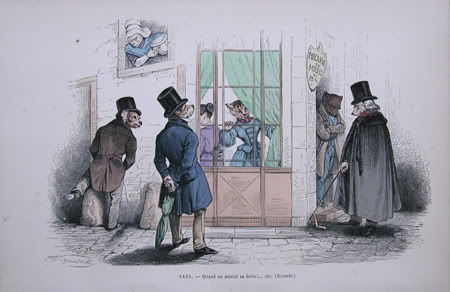Teng Mo is another kind of Mo using a mala.
http://www.khandro.net/practice_mala.htmFrom the link:
"To tell the future; that is to predict an outcome, one picks up the mala grasping it between the hands and poses the question. By fingering the beads moving both hands at once towards the mid-point, either one (yes) or no beads will be left between the hands. A variation is the "he loves me, he loves me not" method by picking up the heaped mala at any bead without looking, and then sliding the beads towards you until the end bead.
"The method described by Dorjee Tseten in the Tibetan Bulletin: March - April 1995 follows:
iii)) Divination on a rosary: The person doing the divination prays to the deity he is invoking for the correct answer and recites that deity's mantras. He then holds up the rosary horizontally in front of him, with the fingers of each hand grasping a randomly chosen bead, leaving half the beads of fewer between them. Then the fingers of each hand move towards each other counting three beads at a time. The outcome of the divination depends on the number of beads left. The procedure is repeated three times.
"When only one bead remains, the result is called `falcon'. When two beads remain, it is called 'raven'. When three beads remain the result is called 'snow lion'. The outcome on the first attempt indicated the extent of the deities' support and the quality of the divination in general. A falcon at the first attempt would indicate support from protectors, luck in a new enterprise, success in a lawsuit.
"A raven on the first try means the protectors are not on your side. There will be no accomplishment, lawsuit will be unsuccessful and there are enemies present. Such a divination would caution against starting on any new enterprise. A snow lion on the first round would indicate support from the deities, slow but stable accomplishments and weakness on the part of enemies. If the question concerned successful business, this would be regarded as a neutral result.
"At the second attempt, the outcome indicates conditions to take place in one's immediate environment. The falcon indicates good luck in general, but not much success for those wishing to have children. The risk of thefts and illnesses in general would remain small. The raven indicates serious illness, obstacles to health and a decline in the life force. There will be a tendency for things to get lost or stolen. However, in the case of an ordained person, these negative aspects would be reduced.
"On the third occasion, the number of remaining beads gives clues about an expected person arriving from elsewhere. This was a very important aspect of life in Tibet, for people traveled constantly and there was no communication system. A falcon with regard to an expected visitor indicates imminent news or arrival. With regard to illness, it would indicate finding the best way to cure it.
"A raven represents a bad indication concerning expected travelers. They are likely to encounter obstacles on the way will not arrive at all or will be robbed. The sick will not be cured and possessions will be lost or stolen. The snow lion indicates that travelers will arrive late, but come to no harm. Problems with health will be few, although there will be difficulties in finding the right treatment.
"The best [result] would be three consecutive falcons. This would indicate that travelers will arrive quickly, patients will recover and accomplishments will be swift.
"Another kind of tenwa mo or teng mo:
"After the visualisation, a random result is generated by seizing the tenwa anywhere with both hands. The random number of beads obtained between the hands is reduced in a certain way to produce a final, random count of between 6 (maximum) and 0 (minimum) beads. The number is interpreted in the following way:
Odd Numbers
1 Excellent
3 Good
5 OK
Even Numbers
2 Not so good
4 Bad
6 or 0 Terrible[/b]
More Tibetan divination:
http://www.tibet.com/Buddhism/divination.html 


